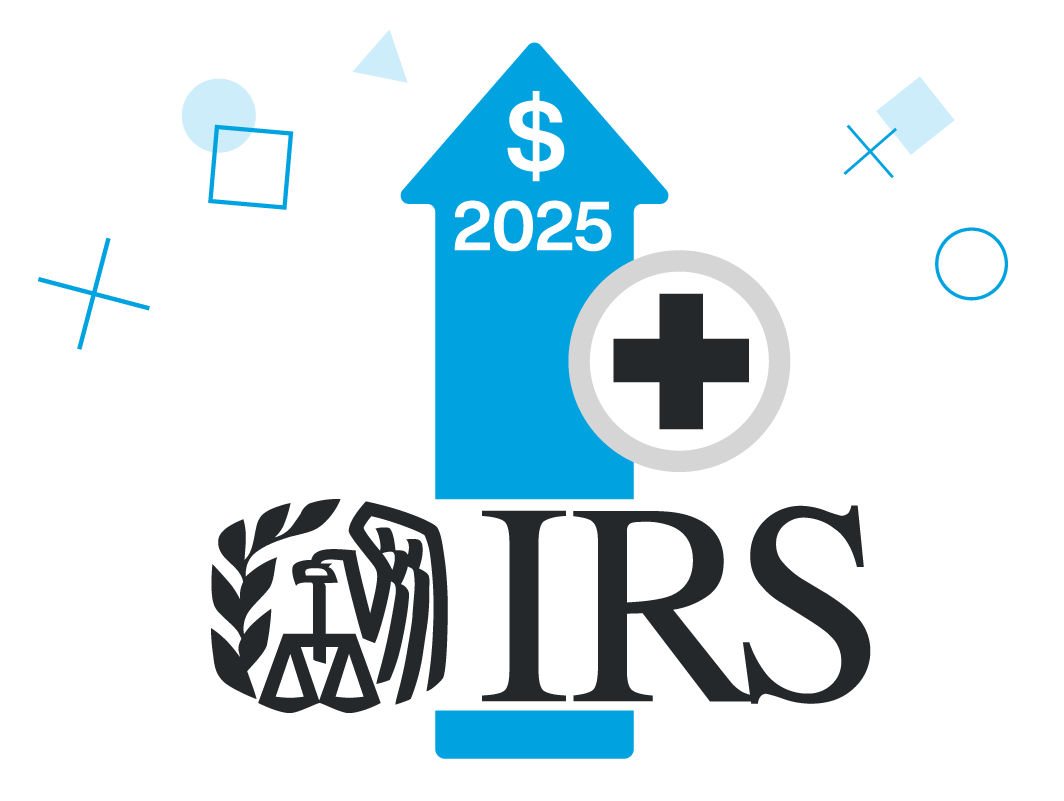The Internal Revenue Service (IRS) is increasing the safe harbor affordability threshold to 9.02% for the 2025 tax year. As a result, employers will have more flexibility in making their employee premiums meet the affordable safe harbor for next year as required under the Affordable Care Act (ACA).
The move follows three years of decreases from 9.83% in 2021 to as low as 8.39% in 2024. Employers should plan accordingly to comply with the updated percentage for 2025.
What This Means for Employers
The ACA full-time employee rules — requires that Applicable Large Employers (ALEs) offer affordable Minimum Essential Coverage (MEC) to at least 95% of their full-time employees, and their dependents. The coverage must meet Minimum Value (MV) and be affordable to employees.
Under IRC Section 36B, individuals are eligible for a premium tax credit (PTC) if, among other requirements, their employer has not offered them affordable coverage that provides minimum value. This means that the premiums exceed an indexed percentage of household income.
The new affordability threshold of 9.02% means premiums must be under $15,060 for the year and $1,255 for the month. An Employer Shared Responsibility Payment (ESRP) is triggered when a full-time employee enrolls in coverage through a state or federal health care marketplace qualifying for premium support in the form of a premium tax credit (PTC) under IRC Section 36B.
ALEs are hit with a Letter 226J when one or more full-time employees or full-time equivalent employees receive a PTC from a state or federal health exchange for one or more months. When the employee receives a PTC, the IRS will evaluate the employer’s ACA compliance in accordance with the Employer Shared Responsibility Provision of the ACA, commonly referred to as the Employer Mandate.
Employers have several safe harbors afforded to them under the ACA, which are good to understand and utilize as necessary to avoid penalties.
ACA Safe Harbors
ALEs have three affordability safe harbors to demonstrate their coverage is affordable:
- Rate of pay (based on hourly rate or monthly salaried rate). This safe harbor may be better suited for employers with high variable-hour workforces due to the inconsistent hours of service employees provide.
- W-2 form. The W-2 Safe Harbor is a method for proving ACA affordability that involves the use of an employee’s W-2 Box 1, gross income. It can be the trickiest safe harbor to use because it cannot be determined until the end of the year.
- Federal poverty line. The Federal Poverty Line (FPL) Safe Harbor is a method for proving ACA affordability that is based on an employee’s annual household income, which is a function of that employee’s household size and is adjusted on an annual basis. For the 2025 ACA reporting year, the mainland 2024 FPL of $15,060 for a household size of one is used.
Employers that use the FPL safe harbor will need an employee-only premium rate of $113.20 or less for plans beginning in 2025 for the lower 48 states and Washington, D.C. Employers using the Rate of Pay or W-2 safe harbors will need to evaluate their premiums considering the 9.02% threshold.
Next Steps for Employers: Maintain Compliance
It’s important to stay up to date on changing compliance requirements associated with the ACA. Employers that fail to account for updated affordability thresholds for the 2025 tax year when selecting healthcare plans are at risk of costly IRS penalties.
Audit your healthcare plan for the upcoming enrollment period to ensure you are in compliance. If you’re uncertain about your current ACA compliance competency, quickly receive your ACA Vitals.
For more assistance, consider outsourcing your compliance efforts to Trusaic and streamline the process.
Experience unmatched ACA compliance service and support with our ACA Complete® solution. We deliver everything you need to track, prepare, furnish, file, and defend your ACA compliance.






